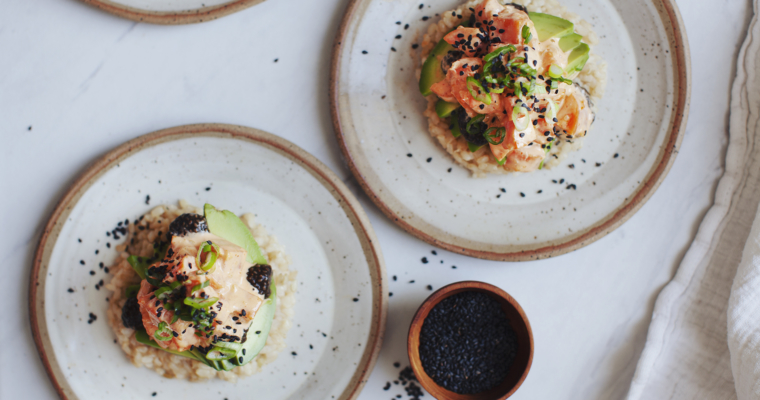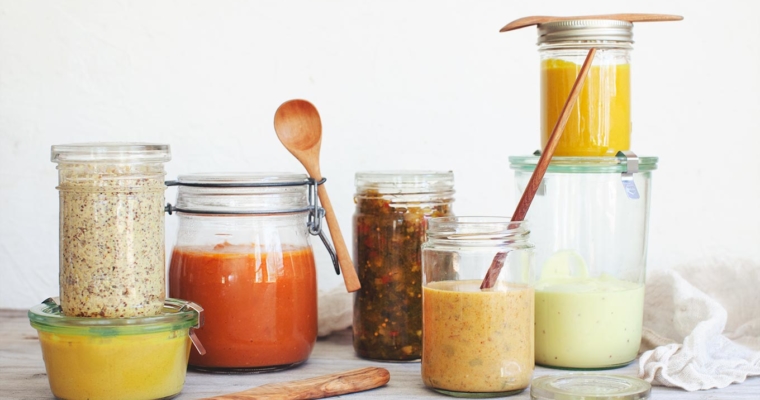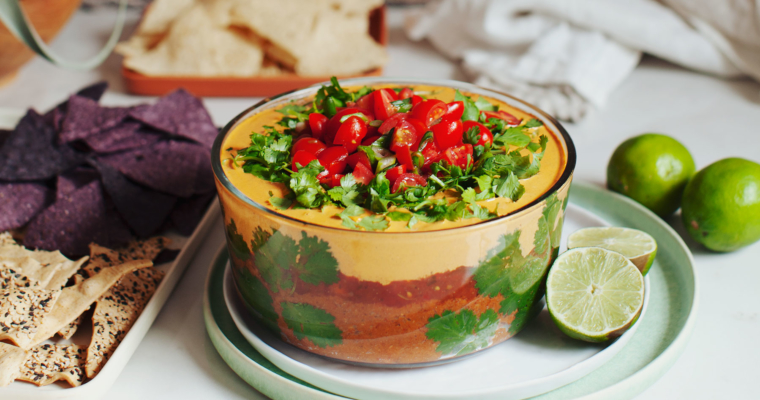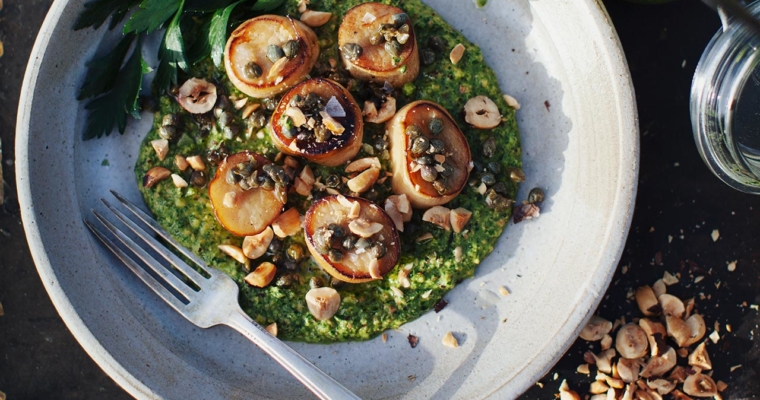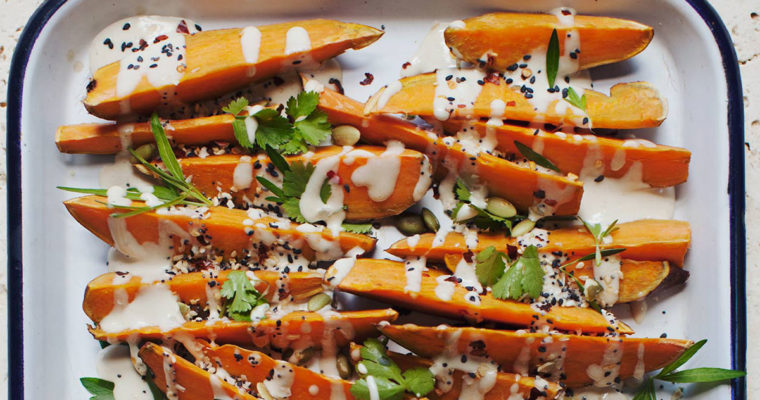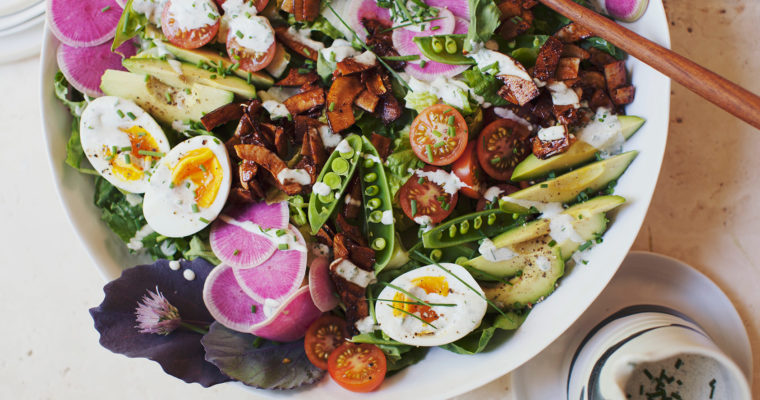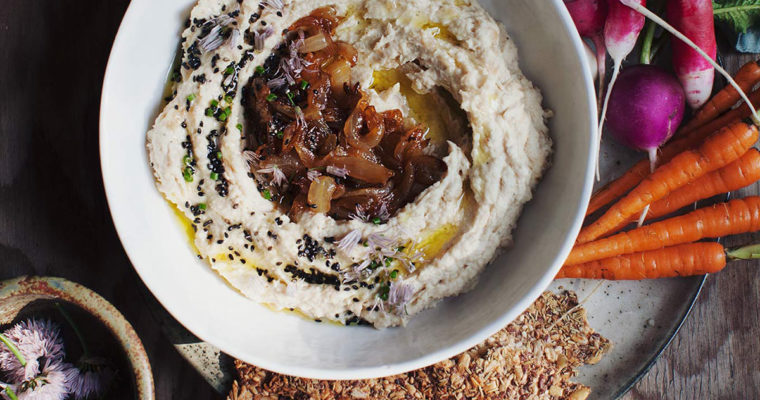Umami Rice Stacks with Vegan Caviar
It hasn’t happened in so long; when an idea hits like a bolt of lightening, and a recipe is downloaded perfectly into my brain, complete and fully-baked: Umami Rice Stacks with Vegan Caviar. I was talking to a dear friend a couple weeks ago, about…

